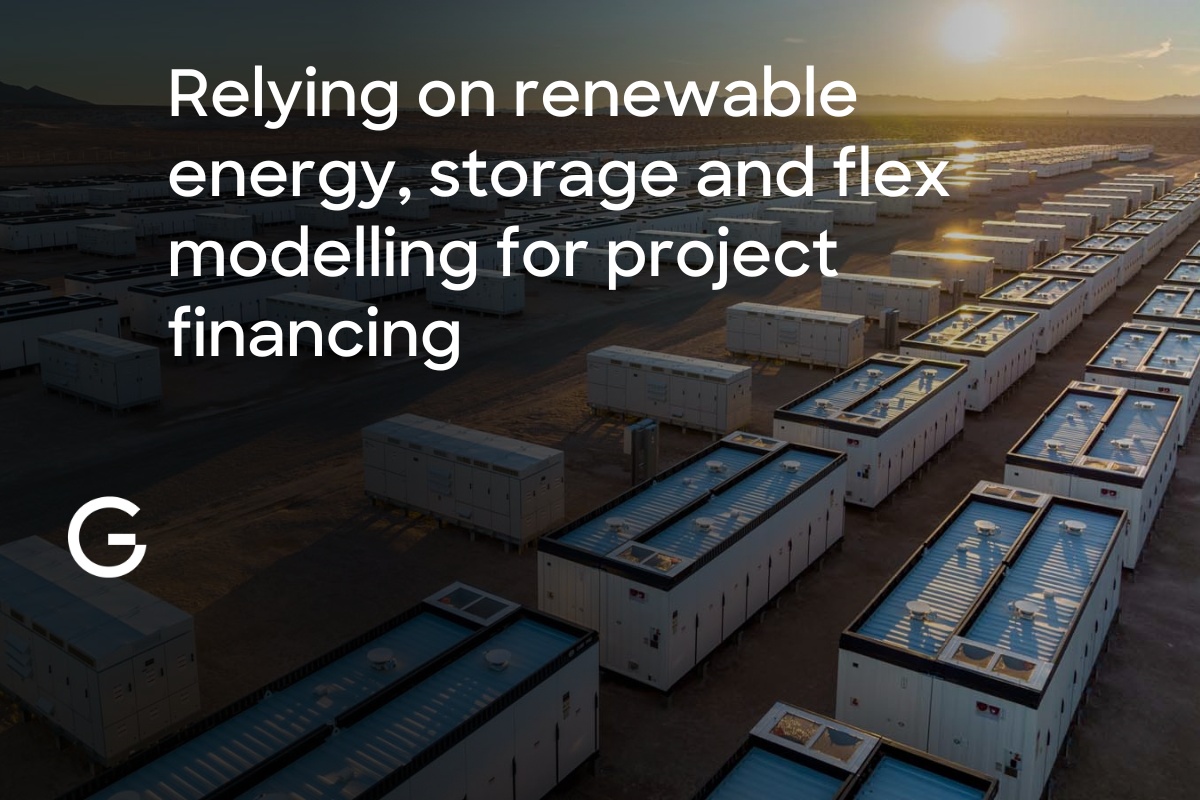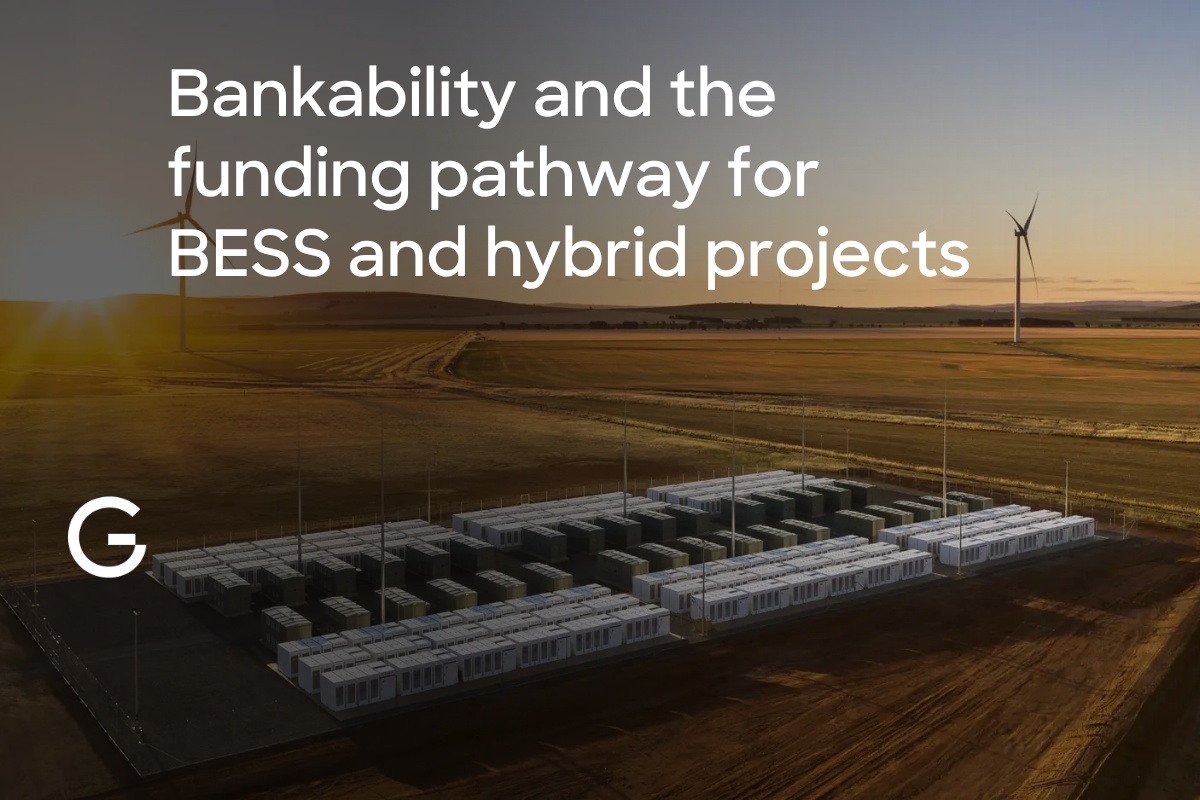Build a Financial Model using Gridcog

Let’s say you’ve developed a new project model in Gridcog that you want to move forward. The next step in your project development process might be a formal financial investment decision. But this will require more considerations than just the raw cashflows produced from Gridcog.
Financial models can help address these additional financial considerations and help support making decisions about whether the investment will make an adequate return, the mix and cost of capital (debt and/or equity), and how soon a return on investment will be made.
The good news is that you can download your project cashflow data to build a Financial Model and I’ve made a simple example in Excel to show how you might do this.
You can email hello@gridcog.com if you'd like a copy of this example, or read on for a description of the financial modelling approach.

In this case, we are modelling a co-located Wind farm with BESS from the Asset Owner’s perspective. We start by downloading the cashflow data from a single scenario of a modelled project using the Cashflow Export Report, as shown below.

This report gives us a complete tabulation of all of the raw cashflows for the project by Participant, Value Stream, and Tariff/Pricing-element. The only modification I've made to the raw data is the addition of column Z (shaded in green) which extracts the year. Highlighted in yellow is the key data used in our model. That is, the date, the type of inflow (revenue) and outflow (cost), and the cashflow impact of that item.
.png)
Financial models vary in complexity and approach based on the specific assumptions and calculations that might be required, as well as user preferences. Having said that, I've included a basic set of key inputs that any model will require in the example I've created:
- Project life
- Tax and discount rates
- Financing mix
- Debt interest rate and a fixed yearly repayment
.png)
The rest of the Spreadsheet will auto-populate based on these input assumptions and the raw cashflow calculated we've exported. This includes the Project Earnings, the Debt Schedule (interest and repayments), the Tax and Depreciation effect, and Projects Returns from the investor perspective.
Different organisations will have different ways of structuring project financing, different input assumptions, and different investment return requirements, and you typically might be integrating the raw cashflow data from Gridcog into your organisations standard Financial Model.
Based on the example Financial Model I've created, our project looks like a worthwhile investment, with 9.5% IRR, a positive NPV and a payback period of just over 10 years (Note Gridcog will natively calculate these figures for the raw or discounted cashflows, but our Excel Financial Model is incorporating additional financial considerations, which are then incorporated into these calculations in my example).
.png)
Once we have this data in Excel, we can create some pretty charts to help illustrate the project outcomes for our Investment Committee or other stakeholders, which can complement the charts and tables generated natively by Gridcog.

Hopefully I've helped to demonstrate how you can integrate the raw cashflow calculations from your Gridcog project model into a full Financial Model to support investment decisions. If you'd like a copy of the Example Financial Model I created for this blog post, you can email hello@gridcog.com and I'll be happy to share it with you.







